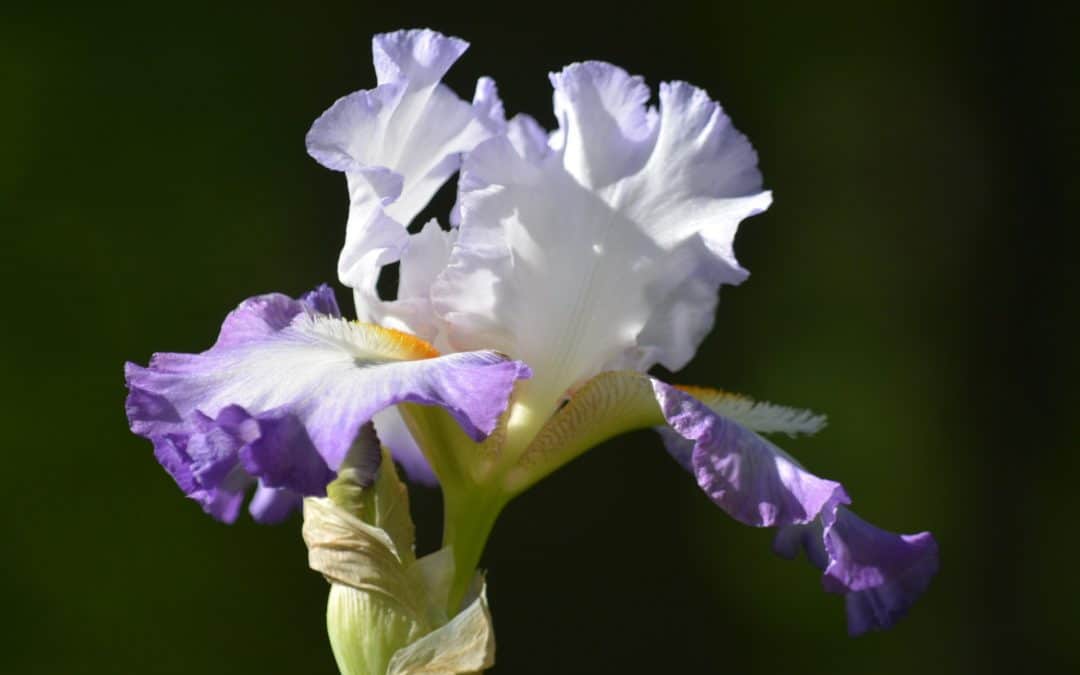Even if snow still blankets the countryside, it’s not too early to think about planting bulbs for spring. Spring is the ideal time for planting bulbs, or non-hardy bulbs that won’t tolerate cold. Tender bulbs also are known as summer bulbs. Choose these summer bulbs when you want flowers that bloom in summer, adding gorgeous color to flower beds and landscapes.
Types of Bulbs to Plant in Spring
Tulips and daffodils typically come to mind as spring flowers. However, neither are a spring flower bulb. Both of these popular bulbs should be planted in the fall for their early spring blooms. Bulbs to plant in the spring for beautiful flowers include but are not limited to:
- Bearded Iris
- Begonias
- Caladiums
- Freesia
- Gladiolus
- Oriental Lily
Tip: Begonias can flower all summer and well into the fall, making this bulb an excellent addition to your garden.
When choosing bulbs to plant in spring, avoid smaller bulbs and opt for the biggest ones available. On average, the bigger the bulb, the larger and more lush the bloom. The best bulbs are free from soft spots and mold.
Soil Prep and Planting Depth
Two keys for successfully planting bulbs are preparing the soil and the planting depth. Because mold is an enemy of bulbs, properly drained soil is a must. Soil without good drainage also can lead to bulb rot as well. Make sure the soil is loosened, never compacted, and if it has a high clay content, definitely add organic material. Peat moss or compost are types of organic matter that can be added for optimal results. A general rule is to mix the organic material into the top 12 to 18 inches of the soil. The next step to soil prep is fertilization. Phosphorus helps with root development and typically needs to combine with the soil located below the bulb’s planting depth. Use superphosphate or bonemeal for this.
According to the University of Illinois, “The optimum pH range for bulbs is 6 to 7. A soil test of the planting area is necessary to determine if lime needs to be applied to adjust the soil pH.”
Most bulb packaging will list the planting depth and spacing for the bulbs. On average, most bulbs should be planted about two or three times as deep as the bulb is tall. If you place the bulb too deep, there’s a risk it might not bloom or at best, will bloom late in the season. Planting too shallow has its drawbacks as well. A bulb planted too close to the surface can suffer damage from an early-spring cold snap.
When planting bulbs, always place it so the roots are down and the “nose” is up. Water the bulbs after planting to help settle the soil. Consider adding about two or three inches of mulch over the bulb bed to help minimize temperature fluctuation. However, avoid mulching those early blooming, small bulbs, they don’t need it.
Creating a Beautiful Flower Bed
Before a single bulb goes in the ground, it’s essential to determine the best location. Full sun usually is best for most bulbs, so choose a location that receives an average of five to six hours daily. Don’t be afraid to plant several bulbs to create a full and lush look once your flowers are in full bloom.
When you’re ready for additional landscaping help, contact us at Green Acres. We’ve served the region for 25 years and are ready to help you create the outdoor oasis of your dreams.

